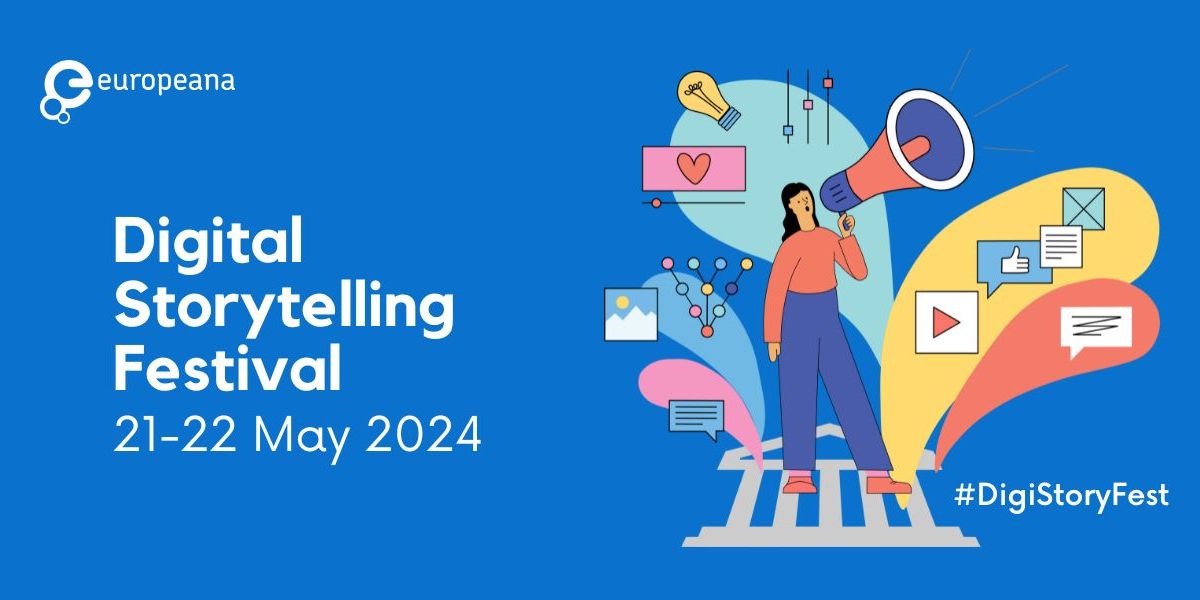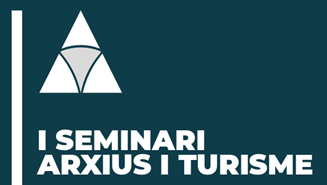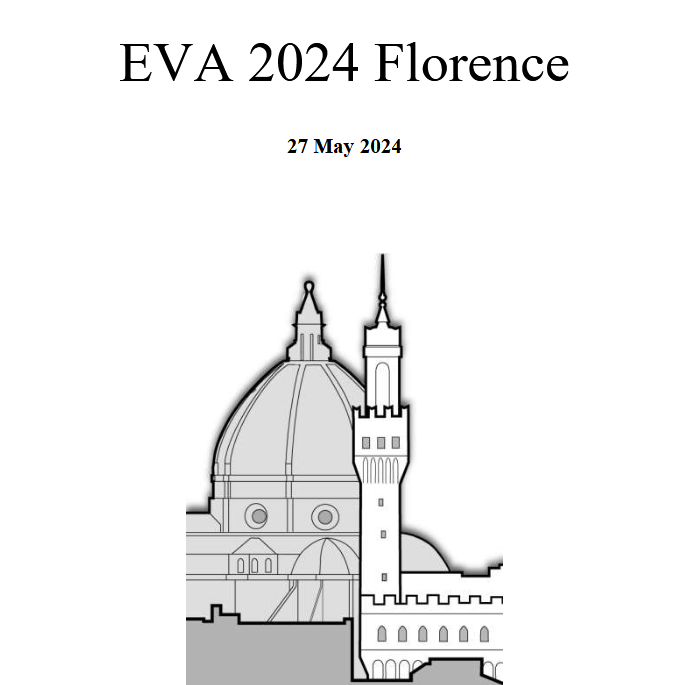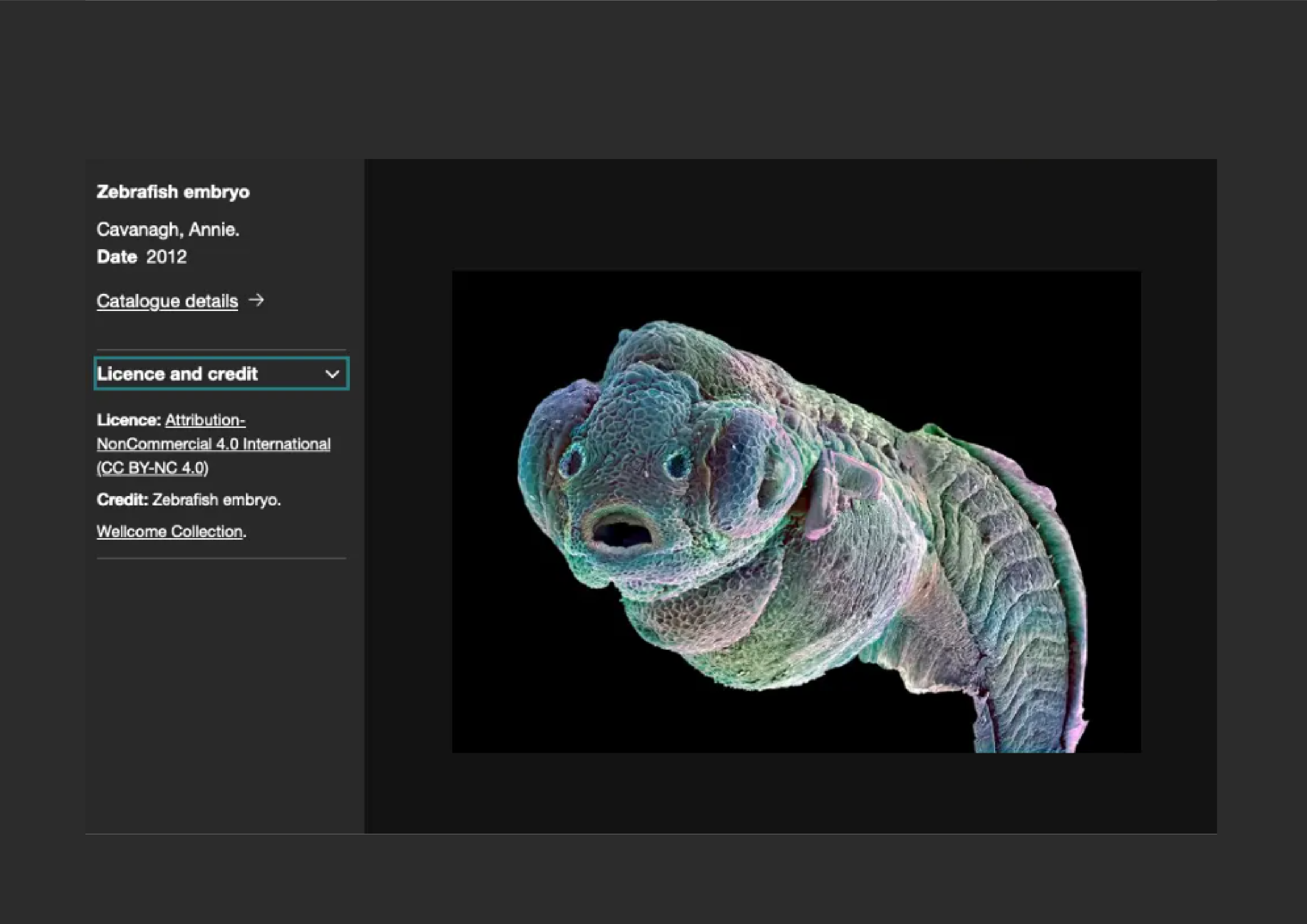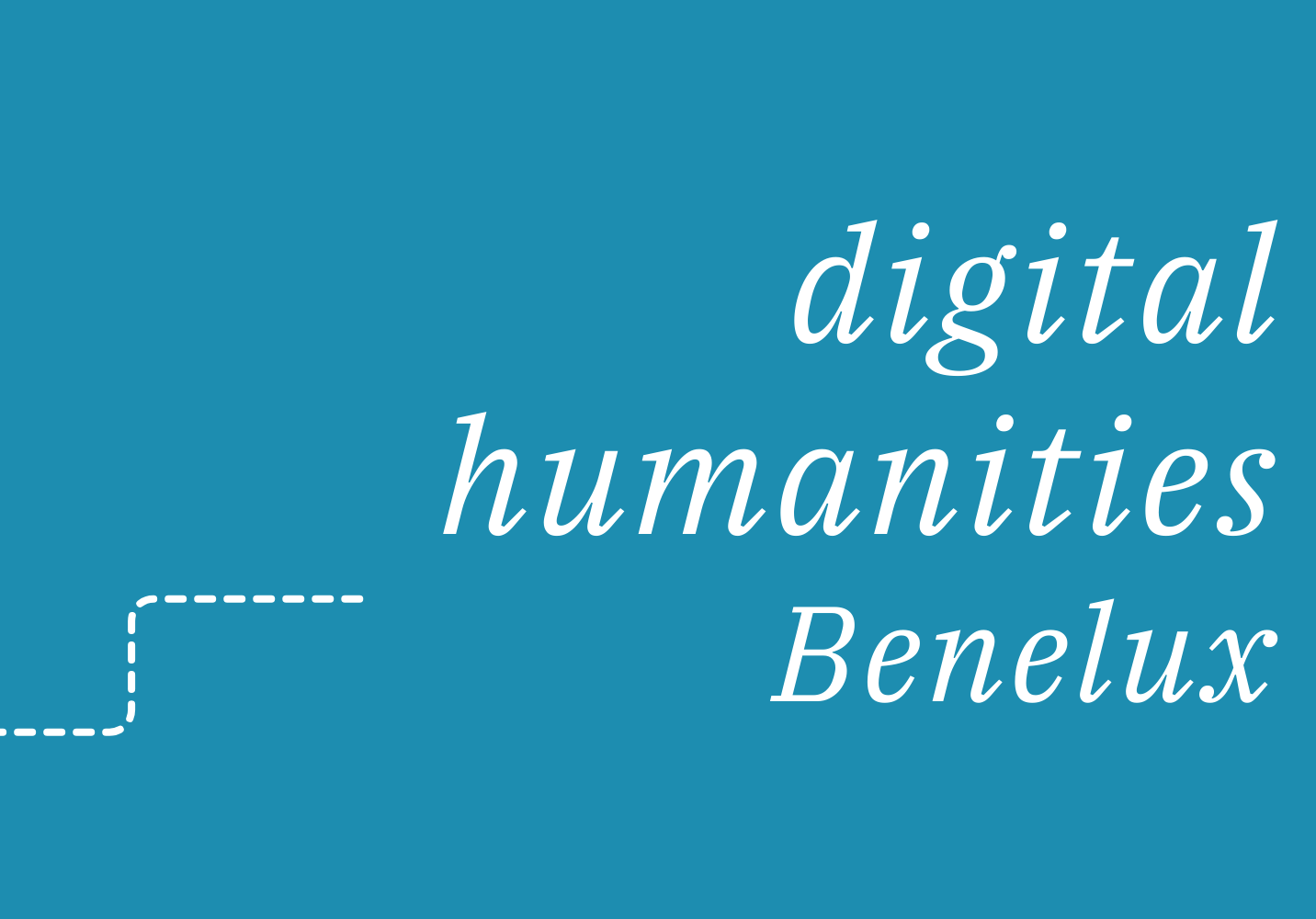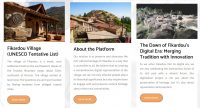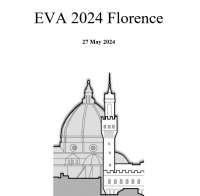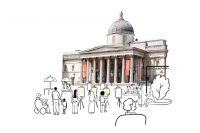from our Referent dr. Ramesh C. Gaur
DESIDOC Journal of Library & Information Technology, in July dedicated a special issue about Digital Preservation: Vol. 32, No. 4, July 2012
The Journal endeavours to bring recent developments in information technology, as applicable to library and information science, to the notice of librarians, documentation and information professionals, students and others interested in the field. It is published bi-monthly. The articles published in the Journal are covered in Scopus, LISA, LISTA, EBSCO Abstracts/Full-text,Library Literature and Information Science Index/Full-text, The Informed Librarian Online, DOAJ, OpenJ-Gate, Indian Science Abstracts, Indian Citation Index, Full text Sources Online, WorldCat, and OCLC.
The issue about Digital Preservation is available here:
http://www.publications.drdo.gov.in/ojs/index.php/djlit/issue/view/115

Download the full editorial article by dr. Gaur (PDF, 439 Kb)
Abstract:
India is a country of vast cultural heritage resources both tangible and intangible. With an estimated 5 million ancient manuscripts, India is the largest repository of manuscripts. Besides, a large amount of other cultural resources are available in various archives and museums in India. The preservation of these resources was never a priority subject, so large resources have either vanished or have gone out of India. An approach on preservation of its physical resources was never discussed. In similar way, the concepts of digital preservation have been introduced in India very lately, i.e., sometime in year 2008 only.
Digital preservation is a process of preserving both digitised and born-digital contents to a distant future in reusable condition for access by its users. It involves a set of systematic guidelines, processes, strategies, technology and approaches. The technological obsolescence, shorter and uncertain life-period for current storage media, information glut, and Internet revolution are some of the major factors which have made preservation of digital information more complex and challenging.
My introduction to digital preservation started in 2005 when I visited Germany with the support of Max Mueller Bhawan. My three-week stay, one week each at Belfield University, Belfield; German National Library, Frankfurt; and State Gottingen University Library, Gottingen; provided me opportunity to closely study some of the digital preservation initiatives in Germany in particular and in Europe in general. The interaction with researchers working at project like NESTOR, KOPOL, and REUSE, etc., helped me in learning the basics of digital preservation. After coming back from Germany, I shared my experience in the form of various lectures delivered at various national and international conferences in India. Since then, digital preservation is prime area of my interest.
National Digital Preservation Programme (NDPP) of India http://www.ndpp.in/ was launched by Ministry of Communications & Information Technology in 2008. Dr Dinesh Katre from C-DAC, Pune was named as one of the coordinators of the project. The first major step by the NDPP was in the form of Indo-US workshop (http://www.ndpp.in/index.php/events/indo-us-workshop.html), which was organised in March, 2009 at Pune. The Indo-US workshop was attended by over 25 professionals from USA, Europe, and India. The next major achievement came in March, 2010 with organisation of Expert Group National Meet by C-DAC, Pune. In this meeting position papers from 26 different sectors were presented. On the basis of these presentations, a detailed proposal was submitted by C-DAC, Pune and as a result of which, a project entitled, ‘Centre for Excellence in Digital Preservation’ with 4 pilot projects were approved in April 2011.
Development of digital repository of cultural heritage at Indira Gandhi National Centre for Arts (IGNCA) is one of the projects of these pilot projects. On the invitation of UNESCO-IFAP and Russian Federation, I went to attend the International Conference ‘Preservation of Digital Information in the Information Society’ held in Moscow during 3-5 October 2011. There, I also presented a paper ‘Development of Digital Repository on Indian Cultural Heritage: A Collaborate Project under the National Digital Preservation Programme (NDPP) of India’. I was also invited to submit as External Partner the proposal to contribute in Digital Cultural Heritage – Roadmap for Preservation (DCH-RP) that has been submitted to the European Commission as part of the FP7 Capacities Programme – Research Infrastructures Theme – Topic INFRA-2012-3.3: Coordination actions, conferences and studies supporting policy development, including international cooperation, for e-infrastructures.
My active participation in all above events and projects has helped in further understanding of the subject.
There was very good response for special issue of DESIDOC Journal of Library & Information Technology on digital preservation. Among all proposals, 6 papers have been selected for this issue. Out of 6 papers, there are 3 papers from outside India, i.e., one each from Germany, South Africa and South America.
Dr. Gaur and dr. Tripathi also contributed to the journal with an article “Digital Preservation of Electronic Resources”.
Download the full article (PDF, 439 Kb)
Abstract:
Due to huge advances in information communication technologies (ICTs), there has been an astronomical growth of e-resources—e-journals, e-books, online databases and so on; libraries spend phenomenally on acquisition of these e- resources as these are very popularly used by the students and researchers. Unfortunately, this growth is accompanied by many threats. Digital content (of the e- resources) is fragile and not durable. Its accessibility and use by future generations depends on technology which very rapidly evolves and changes. Hence, ensuring access of e-resources for future generation of users is a big challenge for libraries. The present paper highlights various problems of digital content and elaborates how digital preservation is more demanding and challenging than preserving print copies of journals. It also gives a bird’s eye view of various projects initiated for archiving digital content of scholarly journals.
For further information:
DESIDOC website: http://publications.drdo.gov.in/ojs/index.php/djlit/index
JNU Jawaharlal Nehru University website: http://www.jnu.ac.in/




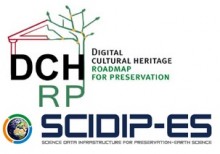
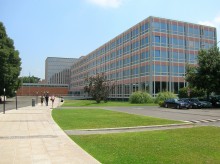
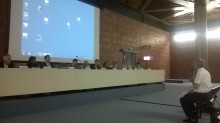
 If you have interesting news and events to point out in the field of digital cultural heritage, we are waiting for your contribution.
If you have interesting news and events to point out in the field of digital cultural heritage, we are waiting for your contribution.



